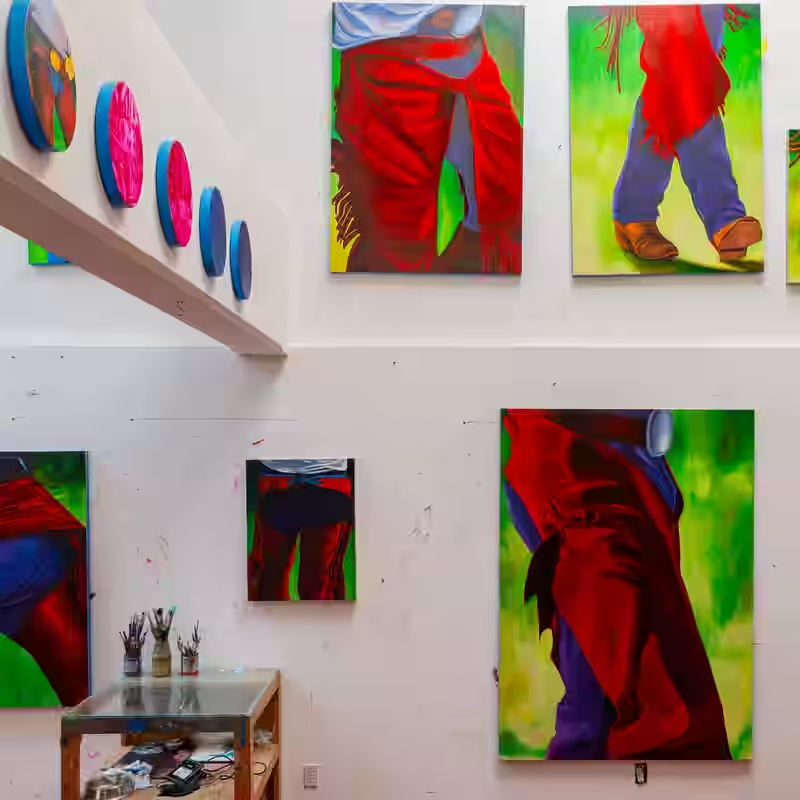From Failed Sketches to Frieze Fame: Segovia’s Subversive Vision
Mexican painter Ana Segovia isn’t just depicting cowboys—he’s deconstructing them. Once known for early missteps like a clumsy painting of a woman’s arm lifting a polka-dot dress, Segovia has refined his craft into a sharp critique of gender, power, and cinematic myth. Now, with a solo show at Frieze London, his vibrant, minimalist cowboy portraits are turning heads—and overturning centuries of machismo .

Why Cowboys? Why Now?
Segovia, 34, uses the cowboy—a global symbol of rugged individualism and hyper-masculinity—as a canvas to explore fluid identity. His works often isolate lower bodies: boots, chaps, and tailored trousers in electric reds, blues, and greens. By omitting faces, he forces viewers to confront assumptions about gender, power, and performance.
Infographic: Anatomy of a Segovia Cowboy
| Element | Traditional Symbolism | Segovia’s Subversion |
|---|---|---|
| Boots & Spurs | Male dominance, frontier authority | Rendered in neon pink or lavender—gender-neutralized |
| Chaps | Utility, ruggedness | Stylized like haute couture; emphasize form over function |
| No Face | N/A (usually heroic close-ups) | Removes identity—invites projection and questioning |
| Cinematic Reference | 1930s–40s Westerns (John Wayne era) | Reclaimed from Mexican and U.S. films to critique colonial masculinity |
From Closet Failure to Kurimanzutto Spotlight
Segovia keeps his “worst painting” in a closet—a reminder that growth comes through failure. That humility fuels his current success: representation by Kurimanzutto, one of Latin America’s most influential galleries, and a featured solo booth at Frieze London 2025.
- Medium: Oil on canvas, often small to medium scale
- Influences: Golden Age Mexican cinema, Hollywood Westerns, queer theory
- Identity: Segovia now uses he/him pronouns, reflecting his evolving personal and artistic journey
- Goal: “To make you look twice—and question everything you thought you knew about men.”
The Bigger Picture: Art as Cultural Reckoning
In an era of global debates over gender and representation, Segovia’s work offers a quiet but potent rebellion. By reimagining the cowboy—not as a hero, but as a costume—he invites viewers to see masculinity as performance, not destiny.




